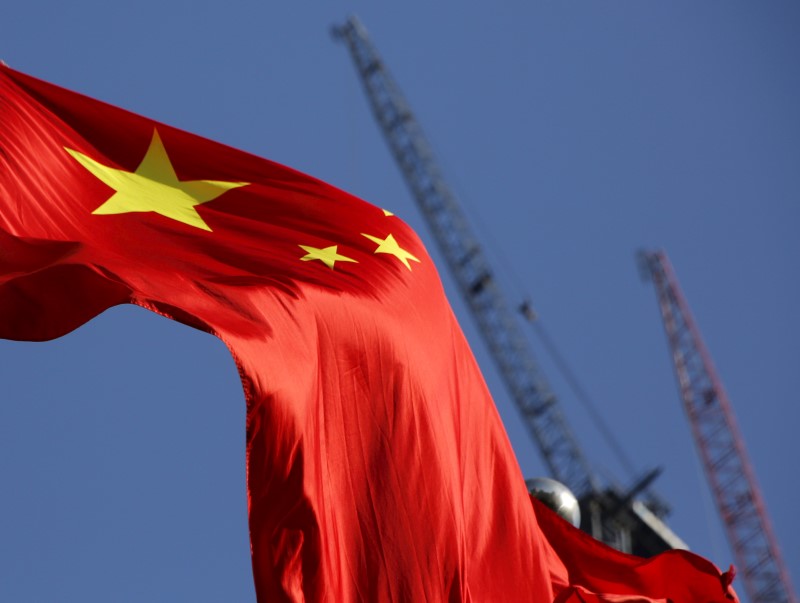By Gina Lee
Investing.com – China’s factory activity growth dropped sharply in July, as high product prices led to demand contracting for the first in over a year. Data from the business survey, released on Monday, indicated that challenges remain for the world’s second-largest economy as it continues its recovery from COVID-19.
The Caixin manufacturing purchasing managers’ index (PMI), released earlier in the day, was 50.3, its lowest level since April 2020. The reading was also lower than the 51 in forecasts prepared by Investing.com and the previous month’s 51.3 reading but remained above the 50-mark indicating economic growth.
While continuing its economic recovery from COVID-19, the biggest challenge that China has faced recently is higher raw material costs that dragged on profit growth at industrial firms in June 2021.
Policymakers have stepped up efforts to curb surging commodity prices that have squeezed manufacturers' margins. The country continues to deal with its latest COVID-19 outbreak involving the virus’ Delta variant, the worst since the initial Wuhan outbreak in December 2019.
The Caixin PMI follows the release of July’s manufacturing and non-manufacturing PMIs on Saturday that showed activity grew at the slowest pace in 17 months. The manufacturing PMI was 50.4, lower than the 50.8 predicted in forecasts prepared by Investing.com and June’s 50.9 reading. The non-manufacturing PMI was 53.3, lower than the previous month’s reading of 53.5.
"The economy is still facing huge downward pressure," Caixin Insight Group senior economist Wang Zhe said in comments released alongside the data. High product prices also brought down demand, especially for consumer goods and intermediate goods.
Input prices continue to rise faster than output prices, although the pace slowed down from the previous month, putting pressure on margins. The private sector enterprises surveyed by Caixin said raw material prices, especially for industrial metals, remained high.
"Market demand was sensitive to product prices, which limited enterprises' pricing power," said Wang.
Slower growth was also visible in export orders, which also grew at a slower pace than the month before as global outbreaks of COVID-19 dampened demand. Factories also hired more workers for a fourth consecutive month, but slowed the pace.
